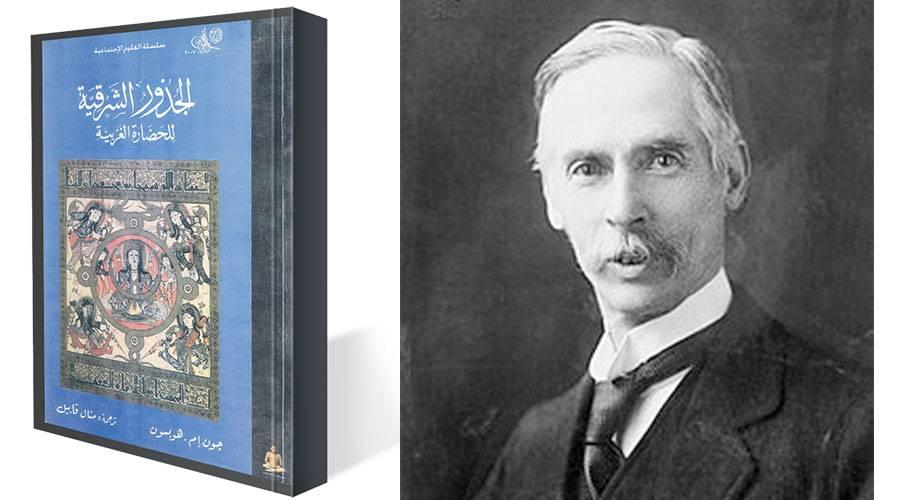Western writers and thinkers typically assume that the Old West appeared on top of the world around the year 1492 (the year of Christopher Columbus’ discoveries), thanks to its scientific rationality and logical concern. From here comes the prevailing traditional view that Europeans spread abroad, conquering the East and the Far West, at the same time. In which it lays down the paths of capitalism, through which the entire world can be transferred from the fangs of deprivation and misery to the light of modernity, and therefore it seems natural or taken for granted to the vast majority to integrate the story of world history into the renaissance and victory of the West.
This traditional view can be called “Eurocentrism.” Deep within it lies the idea that the West deserves to occupy the central focus of the history of the developed world, with its past and present. But does the West deserve this position? The main claim of this book, entitled “The Eastern Roots of Western Civilization” by John Hobson, and translated by Manal Kabil, is that this view, about Eurocentrism, is wrong, for several reasons, not the least of which is that the West and the East have been fundamentally and permanently connected since 500 AD.
More importantly, with the difference of analogy, Martin Bernal proves that ancient Greek civilization was actually taken from ancient Egypt, and in the same vein this book discusses the East (which was more advanced than the West throughout the period between 500 and 1800) playing an important role. In enabling modern Western civilization to achieve its renaissance, the East made the renaissance of the West possible, through two main processes: the dissemination of knowledge, assimilation, and appropriation by the West. First: the Easterners created a global economy and a global communications network after the year 500 that disseminated in the West the most advanced Eastern intellectual resources. , where it was subsequently absorbed.
Second: Western colonialism led the Europeans after 1492 to seize all forms of Eastern economic resources, to enable the West’s renaissance. In short, the West did not pave the way for its renaissance independently of the Eastern contribution. Hence, the book’s mission is to monitor the East’s multiple contributions, which led to the West’s progress. The book fuels the debate between the ideas of Eurocentrism and non-centrism, and its main proposal differs from one of the basic proposals of the idea of Eurocentrism, which says that the East was a passive spectator to the story of the world’s development, as it was a victim, or a bastion for Western power, and therefore it is logically permissible to marginalize it in History of global development.
The author says: “An important aspect of this book is to rehabilitate what has been overlooked, including places that have often been ignored as marginal, and peoples marginalized for being inferior.” The main claim in the book is that denying the centrality of Europe to the role of the East, and omitting it from the process of the Western Renaissance, is inappropriate. Convenient except that it is negative or stagnant water in the mainstream of Western world history.
